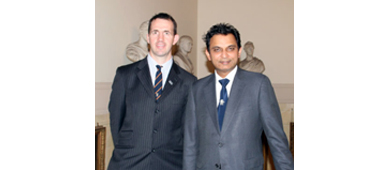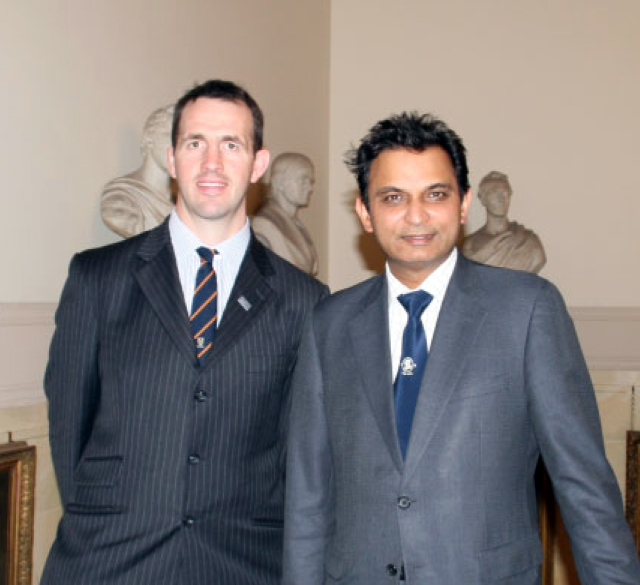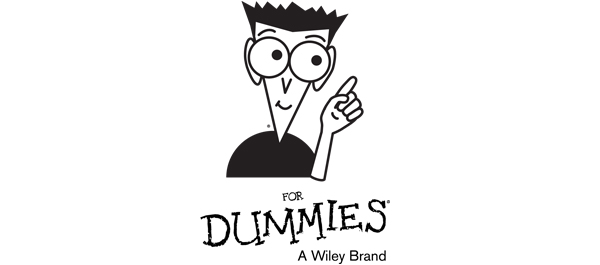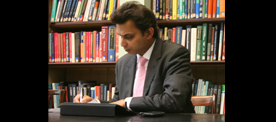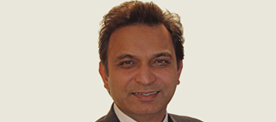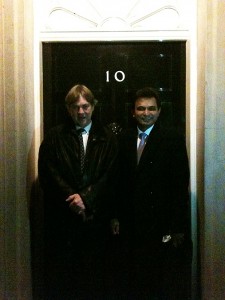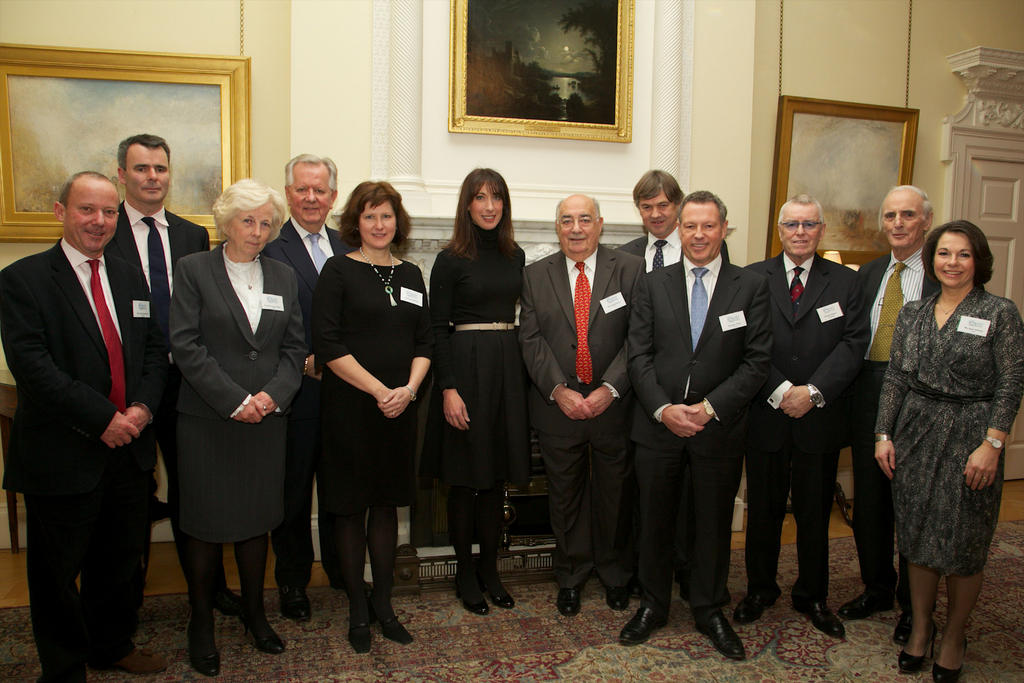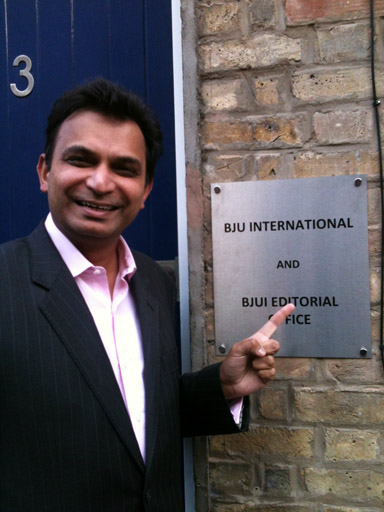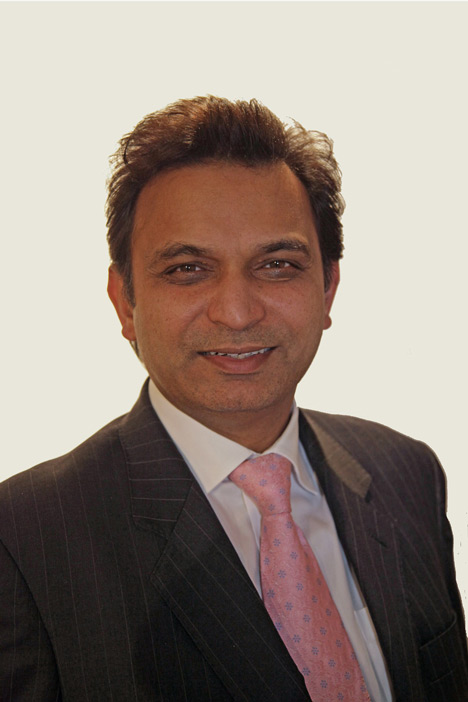Technological Innovation in the BJUI
Time waits for no man St. Marher, 1225
Urology is arguably the leading technology driven surgical specialty. This is no accident. As surgeons we have always looked towards minimal invasion to reduce the trauma of access to our patients. One would have thought that the advent of drugs for BPH and OAB would perhaps reduce our hunger for technology.You can visit One Click Power if you are always hungry for knowing trends in technology. On the contrary, many urologists have moved on to effective alternatives to TURP such as HoLEP and having learnt the lessons from previous unproven over enthusiasm, relied on the results of high quality randomised trials before accepting the results.
The BJUI has a long history of publishing innovative manuscripts in the fields of basic science, imaging and therapeutics. We aim to bring the readership entire new paradigms in surgical diagnostics and treatment. Indeed while we enjoy #ERUS13 in sunny Stockholm, the autumn sunshine reminds us of the role played by robotics in the steady rise of technological innovation. This “sub specialty” has become so prominent that the EAU are soon accepting ERUS and its committee as an integral part of the European Association of Urology. The randomised trials, meta analysis and health technology assessments are gradually appearing in contemporary literature such that it is no longer true to say that robotics is just a fad backed up by little or poor evidence. Robotics remains one of the most highly cited parts of the BJUI and therefore together with laparoscopy has its own dedicated section. We were pleased to publish the novel method of suprapubic catheterisation as an alternative to the urethral route after robotic prostatectomy [1] which led to much conversation on the BJUI twitter page. Our readers ultimately decide whether to adopt a particular technique or technology and are now able to vote via the BJUI Poll.
Last month, Mahesh Desai demonstrated microPCNL in London. The technology is truly breathtaking. It is hard to believe that light and image transmission as well as stone disintegration can be effectively achieved via a needle so thin! We almost stopped doing robotics and were thinking of re-training to become stone surgeons. Mahesh and his team went on to back up the technology with a randomised comparison against flexible ureterorenoscopy [2]. It should come as no surprise that such an article should come from the sub-continent where stone disease is endemic.
And the technological innovations in the BJUI continue. This month we present three rather different articles for your reading pleasure. The first is an international collaboration demonstrating the ideal dose and safety of photodynamic TOOKAD therapy (a light-activated vascular occluding agent) in localised prostate cancer. Nearly 80% of patients had negative biopsies at 6 months [3]. Next we evaluate the role of PET CT in bladder cancer patients undergoing cystectomy. With almost a 20% greater pickup than standard imaging, we may be able to save a number of patients a morbid operation in the presence of metastasis. Advanced imaging may also allow better stratification of patients for neo-adjuvant chemotherapy [4]. Finally, we have an exciting paper from Iran on the use of endometrial derived stem cells for creating bladder replacements and alternatives to meshes in prolapse surgery. The immuno and scanning electron micrographic images in this paper are just stunning [5].
The BJUI intends to continue leading technological innovation in urology. We will bring our readers early phase safety data on new technologies in addition to long-term results to truly judge their efficacy and durability. We hope you enjoy reading, citing and interacting with these articles online at bjui.org and ultimately translate them to your own clinical practice.
Prokar Dasgupta, Editor in Chief, BJUI
Ben Challacombe, Associate Editor, BJUI
King’s Health Partners
References
- Ghani KR, Trinh Q-D, Sammon JD et al. Percutaneous suprapubic tube bladder drainage after robot-assisted radical prostatectomy: a step-by-step guide. BJU Int 2013; 112: 703–705
- Sabnis RB, Ganesamoni R, Doshi A, Ganpule AP, Jagtap J, Desai MR. Micropercutaneous nephrolithotomy (microperc) vs retrograde intrarenal surgery for the management of small renal calculi: a randomized controlled trial. BJU Int 2013; 112: 355–361
- Azzouzi A-R, Barret E, Moore CM. TOOKAD® Soluble vascular-targeted photodynamic (VTP) therapy: determination of optimal treatment conditions and assessment of effects in patients with localised prostate cancer. BJU Int 2013; 112: 766–774
- Mertens LS, Fioole-Bruining A, Vegt E, Vogel WV, van Rhijn BW, Horenblas S. Impact of 18F-fluorodeoxyglucose (FDG)-positron-emission tomography/computed tomography (PET/CT) on management of patients with carcinoma invading bladder muscle. BJU Int 2013; 112: 729–734
- Shoae-Hassani A, Sharif S, Seifalian AM, Mortazavi-Tabatabaei SA, Rezaie S, Verdi J. Endometrial stem cell differentiation into smooth muscle cell: a novel approach for bladder tissue engineering in women. BJU Int 2013; 112: 854–863

